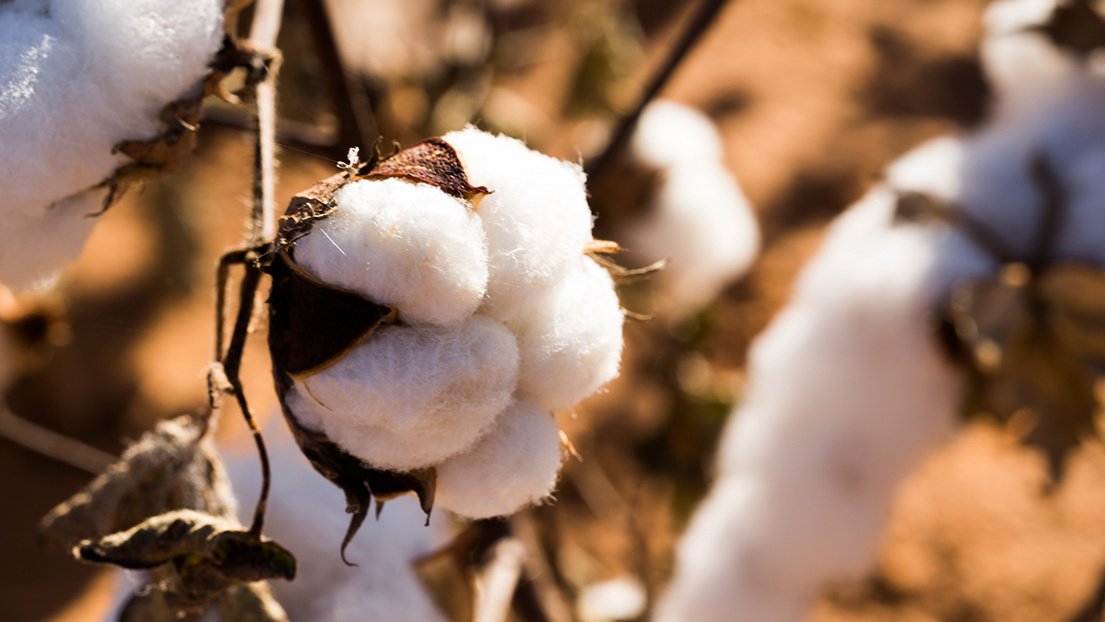Textile science and technology entangle the creation, design, use and distribution of cloth and other similar materials.
The invention of the spinning wheel and the loom, cotton was produced quicker and at last replaced wool in the textile field. This dramatically contracted production time and the cost to produce material and was the start of many drastic changes in the textile industry.
Technological advancements in the textile industry include the use of new machines. For example: Knitting machines – Machines create knitted fabrics in large swaths of material, instead of long strips, that are then looped and strewn together. Pleating – Pleating can now be done solely by machines instead of laborers.
Textile science as a subject of study includes things like dyeing, printing and weaving. Students are also taught about each fabric and its usage.
In fashion designing institutes, textile science as a subject is an important part of the curriculum.
Textile Science is a challenging field where research and diligence pay off in new technologies and innovative products that can improve the comfort, safety and convenience of consumers.
Several universities offer undergraduate and graduate degree programs in textile sciences or textile technology. Degree programs in apparel, textiles and merchandising may also include playing fields of Textile science and technology.Some textile technology bachelor’s programs allow you to customize your degree with a specialization in textile design, medical textiles, or nonwovens science and technology.
The textile production industry is one of the oldest and most technologically complex of all industries. The fundamental strength of this industry flows from its strong production base of a wide range of fibers/yarns from natural fibers like cotton, jute, silk, and wool to synthetic/man-made fibers like polyester, viscose, nylon, and acrylic.
Due to this chemical pollution, the normal functioning of cells is disturbed and this, in turn, may cause alteration in the physiology and biochemical mechanisms of animals resulting in impairment of important functions like respiration, osmoregulation, reproduction, and even mortality.
The true challenge facing textile education has not been in the ability to develop unique engineering or technology programs that fit the industry’s needs of qualified personnel or in conducting top-quality research that can serve the industry in all sorts of innovations and developments.
Name: Sabekun Nahar Meemma
Batch: 2k19
Khulna University of Engineering and Technology


